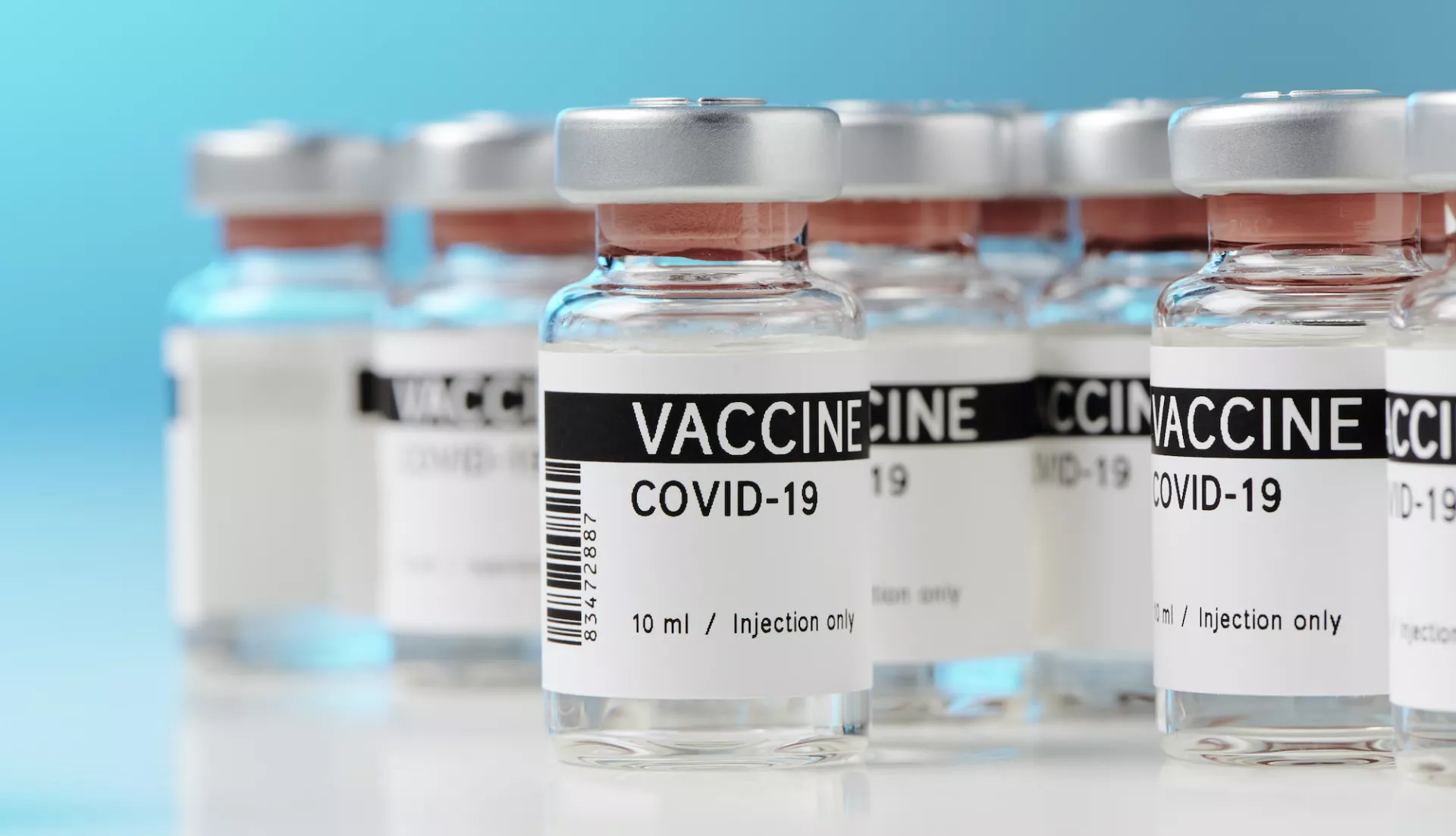Key Takeaways
- In a recent NEA survey, only 8 percent of higher-ed employees told NEA that they had scheduled or received at least one shot.
- More than 80 percent say they'd feel safer on campus if they were vaccinated.
- Depending on their state, some faculty and staff have been prioritized for vaccination alongside K12 employees, but many have not.
As states roll out the COVID-19 vaccine to high-priority groups, including K-12 educators in many places, the rate of vaccination among college faculty and staff has lagged.
“We’re not on the list,” says Enrique Farrera, an academic advisor at Oregon’s Clackamas Community College, near Portland. While many of his colleagues want to be vaccinated, they don’t have a way to get the shot.
They’re not alone.
Eight percent of NEA higher-ed members say they’ve received or scheduled at least one shot of a COVID-19 vaccine, compared to 21 percent of K12 teachers, according to NEA research released earlier this month. At the same time, 81 percent of higher-ed members said they would feel somewhat or much safer on campuses if they were vaccinated.
This doesn't make sense, faculty and staff say. Young adults on college campuses have been shown to spread the virus at increased rates, and the U.S. Centers for Disease Control and Prevention have included college and university employees as "people who work in educational settings" with "increased risk of acquiring or transmitting" the virus.
Meanwhile, vaccinations aren’t the only COVID-safety measure that higher-ed members say they would like to see at their institutions. Other findings from NEA research include:
- 100 percent of higher-ed members who participated in NEA’s research say it should be required that students or staff who test positive for COVID-19 isolate according to federal guidelines;
- 99 percent say that physical distancing be enforced in classrooms, dining halls and libraries.
- 98 percent say personal-protective equipment, like masks, should be provided and required for employees and students;
- 97 percent say hand sanitizer should be available across campuses;
- 94 percent say on-campus ventilation systems should be improved;
- 88 percent say all students should be tested regularly;
- 74 percent say all staff should be tested regularly.
The State Difference
Whether higher-ed employees can get the vaccine depends on where they live. In Oregon, preK-12 teachers and education support professionals (ESPs) became eligible for vaccination on January 25, but higher-ed faculty and staff are not part of a priority group, even though many are back on campus, working with students.
“With an aging population, small classrooms and little-to-no guidance on safety from the state, community college employees are both critical and high-risk employees,” says an Oregon Education Association (OEA) petition, asking Oregon Gov. Kate Brown and the state’s COVID-19 Vaccine Advisory Task Force to add higher-ed employees to a priority group.
In Massachusetts, it’s similar — early education and K12 workers have been earmarked for the end of Phase 2, but higher-ed employees have not been prioritized.
“I definitely feel at risk and then I feel like my family is at risk,” one professor told her public radio station. “I am more concerned about what an 18-year-old is doing in their social time than I am a fifth grader.”
"Really Frustrating"
In states including Alabama, California, Nebraska, South Dakota, West Virginia and Wisconsin, higher-ed employees are specifically mentioned in vaccine plans and given equal priority to K12 staff.
In Virginia and Washington, D.C., higher-education employees have been given priority status, but after K12 employees.
Meanwhile, in New York, state officials have prioritized in-person faculty over other higher-ed employees, a distinction that haven’t made in K12 schools.
"It has proven to be really frustrating," Frederick E. Kowal, president of United University Professions (UUP), the NEA-AFT affiliated union that represents faculty and staff at state universities, told Inside Higher Ed.
"Especially in areas like residential life, they are dealing with students on a day-to-day basis. I’m hearing from our professional members every day who are concerned, frightened and disappointed."
In the Sunshine State
At the University of Florida, the vast majority of faculty have been ordered back onto campus to teach classes in person this semester. At the same time, Florida Gov. Ron DeSantis has refused to prioritize faculty and staff's protection. (In early March, DeSantis prioritized vaccination for K12 educators who are at least 50 years old.)
"Now that the governor has admitted the scientific value of vaccinations and publicly voiced support for vaccines, we call on him to recognize that education in Florida continues beyond K-12 and to include ALL educators in Florida’s vaccination programs," said Karen Morian, president of the United Faculty of Florida (UFF), a NEA-affiliated union representing faculty at state universities and community colleges.
"It is disappointing, to say the least, that higher education faculty are not considered as ‘classroom teachers’ for vaccine access. Higher ed faculty teach about 1 million students in Florida, and a significant number of higher education faculty are compelled to teach face-to-face classes," said UFF Vice President Jaffar Shahul-Hameed. "Excluding higher education faculty from vaccination is risking the health of millions of citizens —higher ed teachers and their loved ones, students and their loved ones, and higher education community neighbors and their loved ones —and is simply unacceptable."


